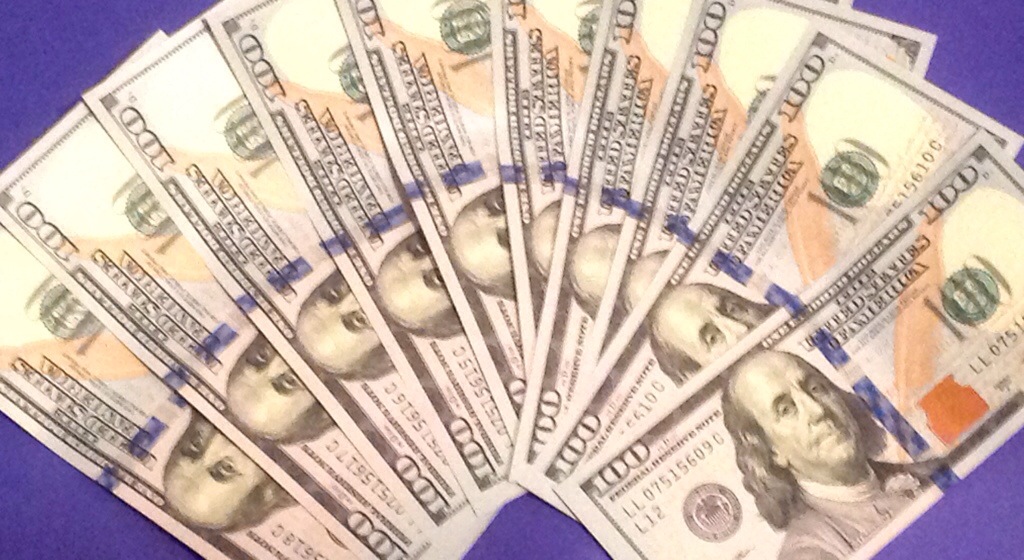Don’t leave money on the table.
The first person to give a number loses.
Always say no to their first offer.
If you’ve ever taken a negotiating class or training, no doubt you’ve heard those slogans and advice.
It’s all wrong.
Well, I guess it depends on your purpose.
That’s crazy, Rodney. Your purpose is to pay the least possible.
Is it? Is it really?
Did you buy your wife the least expensive engagement ring possible?
Did you argue with the kid down the block to get the lowest price possible for mowing your lawn?
Did you argue with the WalMart checker to try to get the milk at a lower price?
Probably not.
Don’t get me wrong. I’m not saying there is anything noble about paying more than you need to for something. What I am saying is that when negotiating, you are not trying to pay the absolute least possible. You are actually trying to get a price that is between what you are willing to pay and what you are willing to give up.
In other words, you look at something you want to buy. You figure out how much you are willing to pay for that thing, and you figure out what you are willing to accept. If you get one or the other, you stop. You’re done negotiating.
Let me show you how it works in practice. You want to buy a new car. You decide you can spend $3000 for the car. You find a car you like. The seller says it’s $3500. What do you do? It’s more than you are willing to spend. You answer very simply,
I can’t go higher than $3000.
If the person you are talking to is “classically” trained in negotiating, they will respond with,
I might be able to go as low as $3400.
They now expect you to come up a little. But, remember that we are approaching this from a new perspective.
I can’t go higher than $3000.
You are being honest, now watch what happens. The person you are talking to will either drop the price to $3000, or they will say,
I can’t go any lower than $3350.
Now what? You’re done. You walk away. No awkward hemming and hawing. If the seller really can’t go lower, and you really can’t go higher, you’re done.
So, you go look for another car. You find one you like and the seller says,
It’s $2800.
What do you do? If you’re classically trained, you’ll go with a
Well, would you take $2500?
But, I’m saying don’t do that. Instead respond with
Well then, we have a deal!
Look what happened. You feel good because you had a budget for $3000 and you spent less than that. The seller feels good because they got their asking price. That’s the definition of win/win.
But. . .but. . .couldn’t you have gotten it for less?
Yes, you could. But, at what cost? This way, you don’t have to stress about that awkward negotiating dance. You also have a good relationship with the seller than you can build on.
Decide what you want and what you’re willing to accept. When you get one or the other, STOP!
A win/win guide to negotiating.
Rodney M Bliss is an author, columnist and IT Consultant. He lives in Pleasant Grove, UT with his lovely wife and thirteen children.
Follow him on
Twitter (@rodneymbliss)
Facebook (www.facebook.com/rbliss)
LinkedIn (www.LinkedIn.com/in/rbliss)
or email him at rbliss at msn dot com
